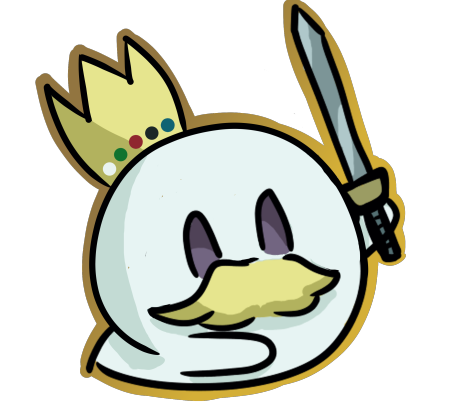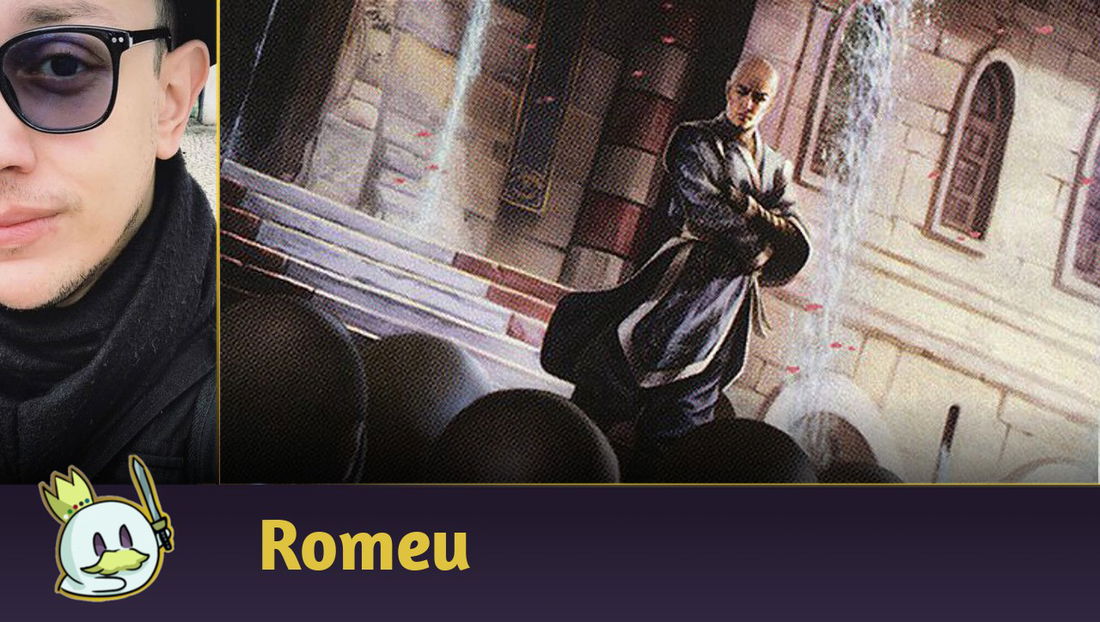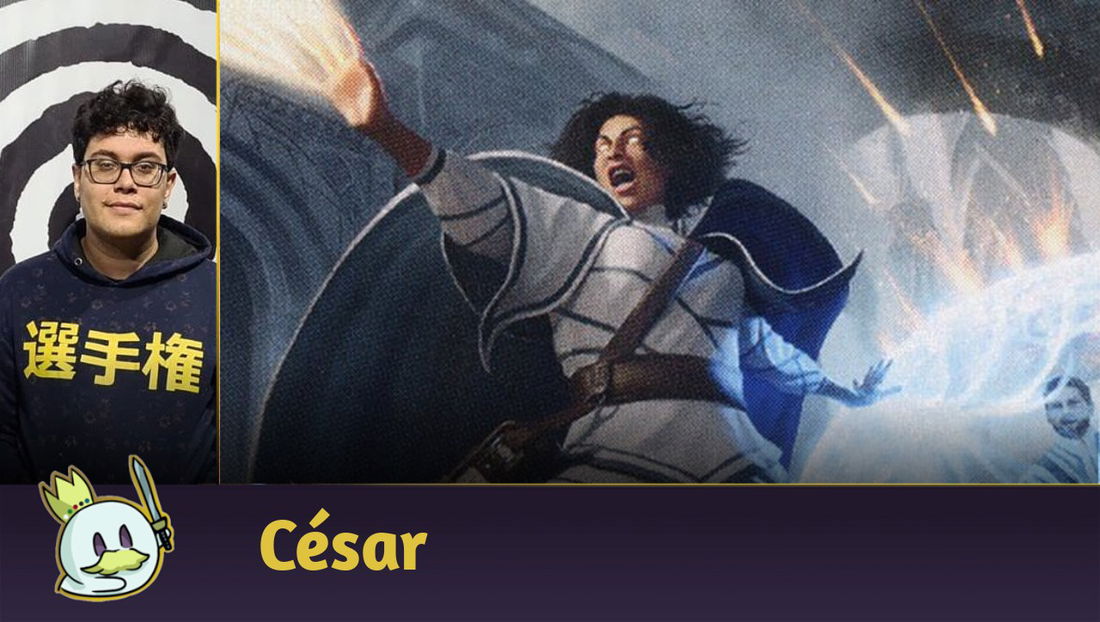Mark Rosewater, lead designer of Magic: The Gathering, shared on his blog a note about the recent controversy surrounding Nadu, Winged Wisdom, a card fromModern Horizons 3 that was banned last Monday (26).
"The Nadu Situation"
Ad
“Stop designing for Commander” - The nature of competitive formats is that only so many cards can be relevant. As you start making more competitive relevant cards, they displace the weakest of the existing relevant cards. That’s how a trading card game works. That means that not every card in a set (or even just the rares and mythic rares as the commons and uncommons have a big role making the limited environment work) has a competitive role. As such, we examine how they will play in more casual settings. There’s no reason not to do that. And when you think of casual settings, you are remiss if you don’t consider Commander. It’s the 800-pound gorilla of tabletop play (aka the most played, heavily dominant format). Us considering the casual ramifications of a card that we didn’t feel was competitively viable is not what broke the card. Us missing the interaction with a component of the game we consider broken and have stopped doing (0 cost activations), but still lives on in older formats is the cause.
“Stop making late changes” - Whenever you see an airplane on the news, something bad has happened. It crashed, or caught on fire, or had an emergency landing, or a door fell off. Why do we still make planes? Because planes are pretty useful and what’s being highlighted is the worst element. That focus can lead people to false assumptions. Magic would not be better if we stopped making last changes. A lot more broken things would get through (things we caught and changed), and many more cards just wouldn’t be playable. Our process of fixing things up to the last minute does lots and lots of good. Maybe it doesn’t get the focus of the screw ups, but it leads to better design.
“Everything needs to get playtested” - My, and my team’s, job is to take a blank piece of paper and make something that doesn’t exist exist. That’s not an easy thing to do. I believe play design’s job is even harder. They’re trying to make a balanced environment with thousands of moving pieces a year in the future. And if we’re able to solve it on our end, that means the playerbase will crack it in minute one of playing with it. One minute, by the way, is the time it takes the Magic playerbase to play with a set as much as we can. There are tens of millions of you and a handful of us. There simply isn’t time in the day to test everything, so the play design team tests what they think has the highest chance of mattering. They take calculated gambles (based on years of experience) and test the things most likely to cause problems. Will things slip through? There’s no way they can’t. The system is too complex to not miss things.That doesn’t mean we don’t continually improve our processes to lower the chances of mistakes, but nothing we’re going to do can completely eliminate them.
Designing Magic is difficult. Next year is my thirtieth year working on the game, and I think we have the most talented team we’ve ever had. Plus, just as we iterate on the designs in a set, we iterate on design processes of making Magic. How we make Magic today is light years different, and I believe better, than how we made Magic when I started. (”If I have seen further, it’s because I stand on the shoulder of giants.”)One final thing. I’ve always pushed for transparency in Magic design. No one on the planet has written/spoken about it more than me. I truly believe Magic is better as a game because its players have the insight to understand what we, the people making it, are doing. We do ask for one thing in exchange. Please treat the designers who take the time to share with you the behind-the-scenes workings of Magic design with kindness. We are all human beings with feelings. There’s nothing wrong with feedback, but it can be delivered with common courtesy.
Nadu, Winged Wisdom was banned last Monday after showing unfun play patterns that led to long games and a winning combo that could take ten or more minutes to end. His deck not only was the winning-archetype from Pro Tour Modern Horizons 3, but also had the highest winrate from the tournament and the highest number of spots in the Top 8, with 5 decks.
The controversy surrounding his ban began when Michael Majors, Modern Horizons 3's senior designer, shared the design process behind the card and how he eventually gained the ability that broke it through interaction with Shuko and other cards with 
Ad
In the article, Majors explains that Nadu had other abilities, but concerns about it being too strong in Commander due to granting Flash to permanents caused the design team to change his text for the printed version in MH3. He also explained how this change was very late in the process and, consequently, the team didn't test the latest iteration of the card before the set's release, did not predict its combos, and it was released as-is.
Source: Blogatog








— Comentarios0
Mika Launonen • 27/09/24
Be the first to comment